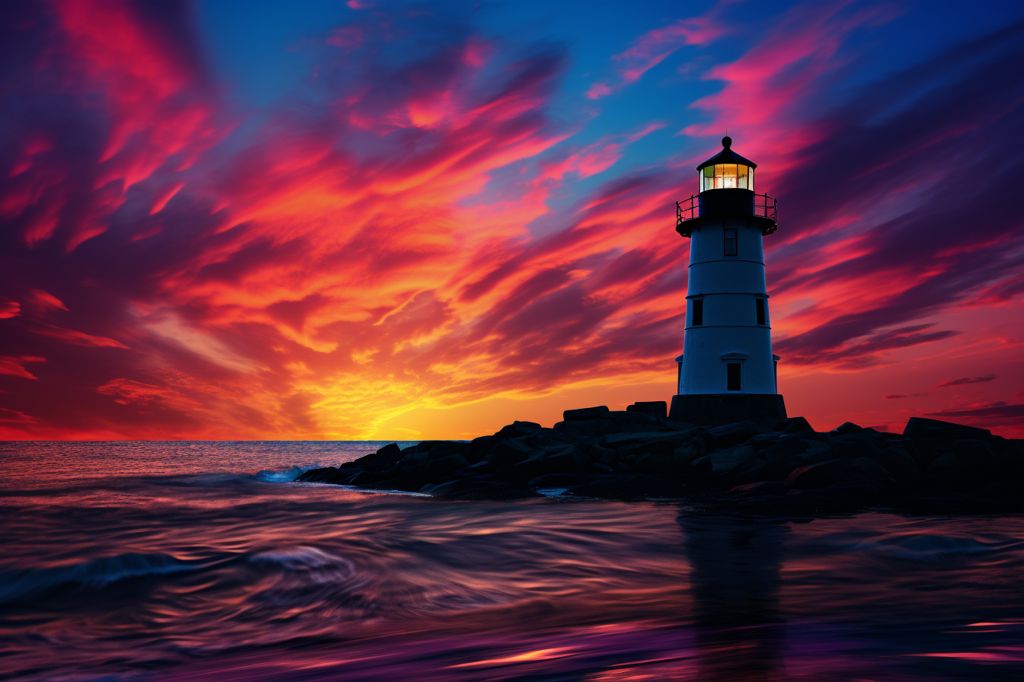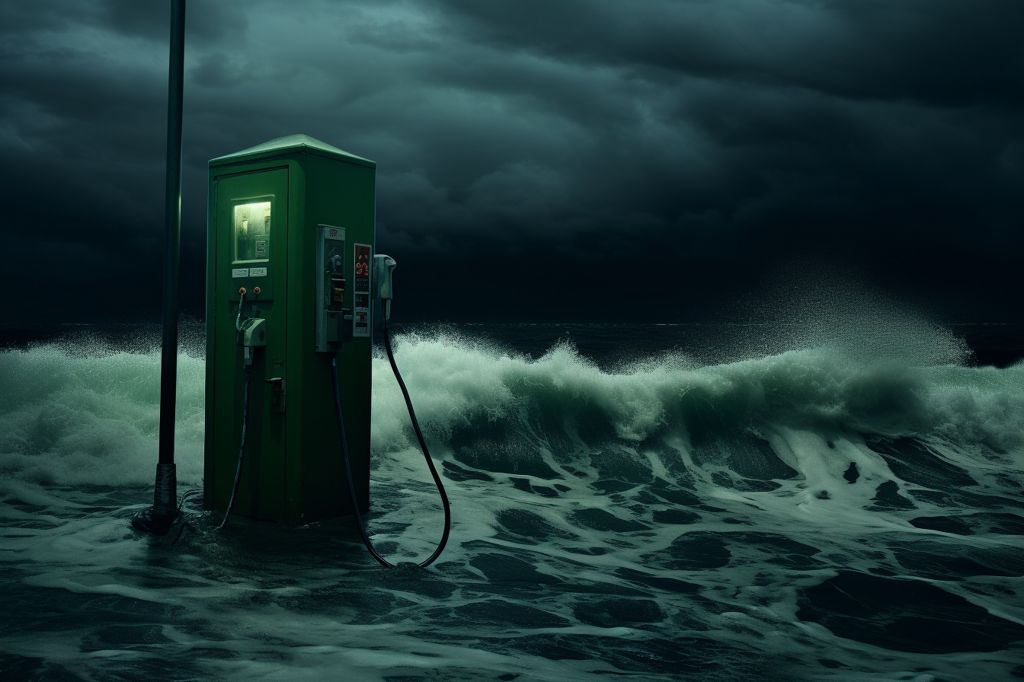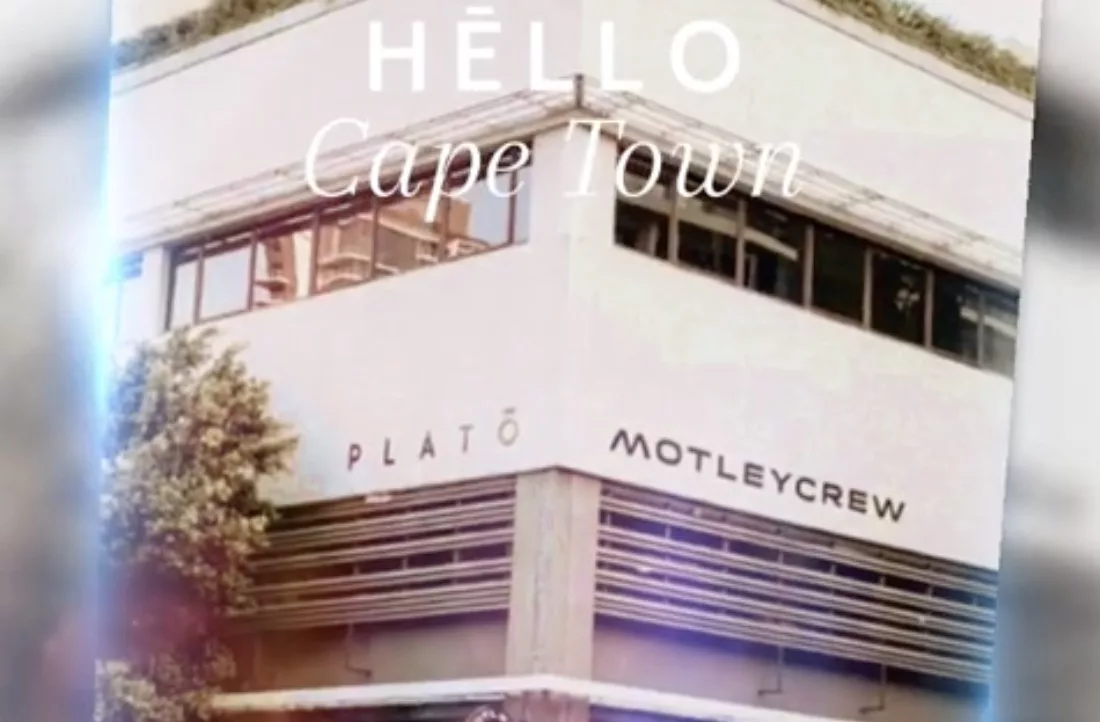Bartolomeu Dias, a Portuguese explorer, named Cape Town the ‘Cape of Storms,’ due to its stormy personality and the numerous shipwrecks lining its coastline. Today, lighthouses serve as beacons of light guiding maritime pilots away from the jagged rocks along the Western Cape. These structures provide safety for sailors while also offering fascinating historical significance and stunning vistas for visitors.
Cape Agulhas Lighthouse
Commissioned in March 1849, Cape Agulhas Lighthouse was declared a national monument in 1973. The old keeper’s quarters now house the only lighthouse museum in Africa. Visitors can explore the museum’s artifacts and climb the 71 steps to the lantern gallery, which offers breathtaking views of the shoreline and the town of L’Agulhas.
Old Cape Point Lighthouse
Commissioned in May 1860, the Old Cape Point Lighthouse still has its cast iron tower and keeper’s quarters. With its impressive views of Cape Point and False Bay, this lighthouse remains the most visited and photographed in South Africa. However, it was decommissioned in March 1919 due to its elevation, which often left it obscured by clouds or fog.
New Cape Point Lighthouse
In response to sailors’ complaints, a new lighthouse, the New Cape Point Lighthouse, was erected at a lower altitude. Its lamp was lit for the first time on the same day the old one was extinguished. Although this lighthouse is not open to the public, it continues to guide ships safely along the coast.
Cape St. Blaize Lighthouse
Perched atop a rocky headland in Mossel Bay, the Cape St. Blaize Lighthouse has been guiding ships since its construction in November 1863. It is one of five lighthouses in South Africa that offer on-site accommodation for visitors.
Danger Point Lighthouse
Commissioned in January 1895, the Danger Point Lighthouse stands on a treacherous location that has been the site of at least 20 shipwrecks, including the tragic loss of the HMS Birkenhead in 1852. It stands as a solemn reminder of the bravery displayed by the soldiers aboard the Birkenhead, who maintained their dignity while awaiting their fate in a disaster that would create the precedent for the “Birkenhead Drill” – giving priority to women and children in emergency situations.
Dassen Island Lighthouse
Commissioned in April 1893, the Dassen Island Lighthouse was once home to lighthouse keepers who endured a lonely existence, with their only form of communication being carrier pigeons. Today, the lighthouse is automated and no longer permanently manned.
Green Point Lighthouse
South Africa’s first formal lighthouse, the Green Point Lighthouse, was completed in 1823 and declared a National Monument in 1973. It now serves as the home base for LNS (Lighthouse and Navigational Systems), which operates and maintains all of South Africa’s lighthouses. The lighthouse also offers a small conference facility, gift shop, and visitor center for tourists.
Robben Island Lighthouse
Robben Island’s first navigational aid was a simple bonfire, lit on the highest point of the island when ships were sighted before nightfall. The Robben Island Lighthouse, completed in 1864, replaced this rudimentary method of guiding ships and still operates today.
Roman Rock Lighthouse
Located 2.2 kilometers from the entrance to Simon’s Town Harbor, the Roman Rock Lighthouse is South Africa’s only lighthouse built on a single rock. This hazardous rock has posed a threat to vessels since the 18th century, but it has been safely navigated thanks to the lighthouse, which became fully automated in March 1919.
Slangkop Point Lighthouse
As the tallest lighthouse tower in South Africa, the Slangkop Point Lighthouse stands at a height of 33 meters. Since its commission in March 1919, it has been open to the public, offering tours and even hosting special events such as weddings. The lighthouse’s 139 steps lead visitors to a breathtaking view at the lantern level.
Beyond their functional significance, these picturesque lighthouses offer glimpses into the history and culture of the Western Cape. They serve as majestic reminders of the treacherous yet beautiful coastline and the bravery of those who have navigated its waters.








